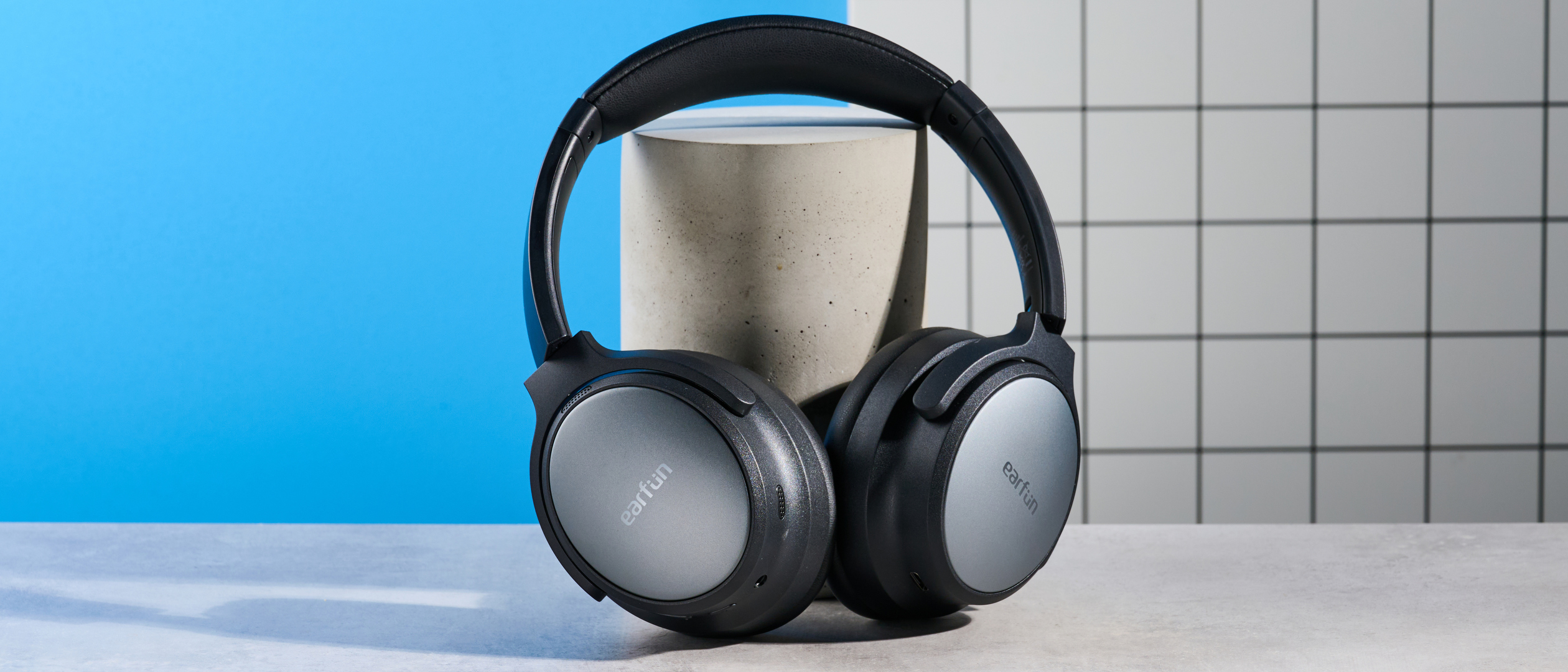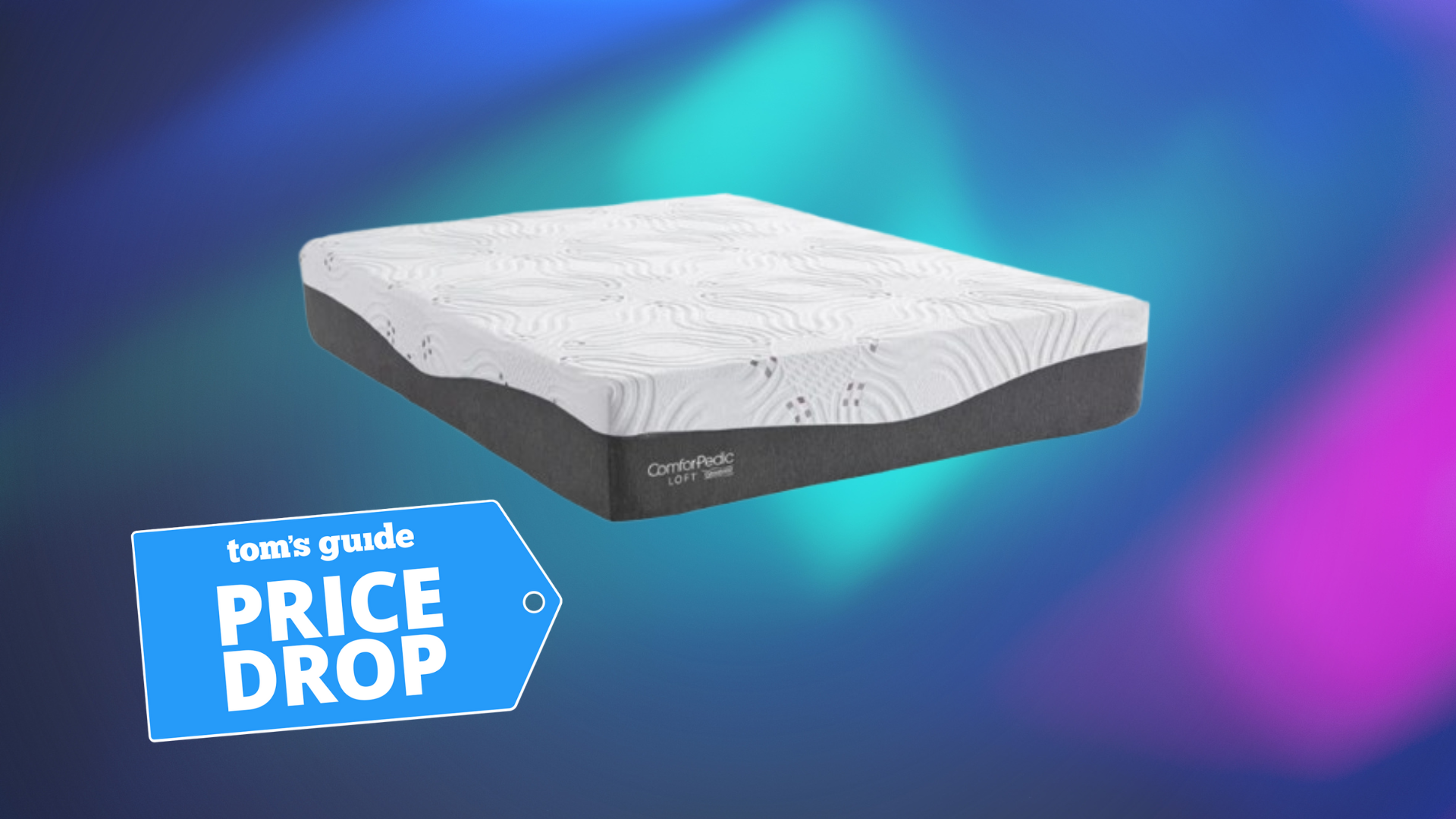Tom's Guide Verdict
If you only care about battery life, these are the headphones for you. But if you care about sound quality, then I’d look elsewhere. Despite having a range of promising features, like EQs, spatial audio, and ANC, the most important hardware — the drivers — don’t do these budget cans justice. Considering the price, though, they could be a good last-minute choice if you desperately need a set of headphones for vacation.
Pros
- +
Very affordable
- +
Acceptable wired sound quality
- +
Fantastic battery life (120 hours)
- +
Comfortable
- +
No connectivity headaches
Cons
- -
Tinny, muddy Bluetooth sound quality
- -
Very weak bass
- -
Weak drivers result in poor percussion performance
- -
Some genres (electronic, pop) very crackly
Why you can trust Tom's Guide
The EarFun Tune Pro headphones are some of the cheapest headphones on the market right now. It’s true that some of the best headphones are cheaper than you think, but I’m not going to lie: the Tune Pros do not fall into that category.
EarFun is known for making budget-friendly headphones, earbuds, and speakers. The brand’s earbuds and speakers are consistently good, some even great. But its headphones? Those are a different story.
The Tune Pro struggled with the same issues that marred previous iterations, the EarFun Wave Life and EarFun Wave Pro headphones (both of which I reviewed). They’re tinny, muddy, and flounder with both bass and percussion playback. However, at just $69, with up to 120 hours of battery life, they’re not all bad. Find out the full story in this EarFun Tune Pro headphones review.
EarFun Tune Pro review: Cheat sheet
- What is it? A pair of super-budget headphones with both Bluetooth and wired playback
- Who is it for? If you don’t want to spend a lot on headphones, EarFun’s your brand
- What does it cost? Stupid cheap: $69 / £59
- What do we like? The wired playback is decent enough, and they’re comfy
- What don’t we like? The wireless sound quality just doesn’t cut it
EarFun Tune Pro review: Specs
EarFun Tune Pro headphones review: Price & availability
The EarFun Tune Pro headphones were released on the 20th May 2025. On Amazon U.S., they’re just $69, and on Amazon U.K., they’re £59.
This is very cheap for a pair of over-ear headphones, especially considering the impressive battery life and comfort — if EarFun does one thing consistently well, it’s making really comfortable headphones (more on that below).
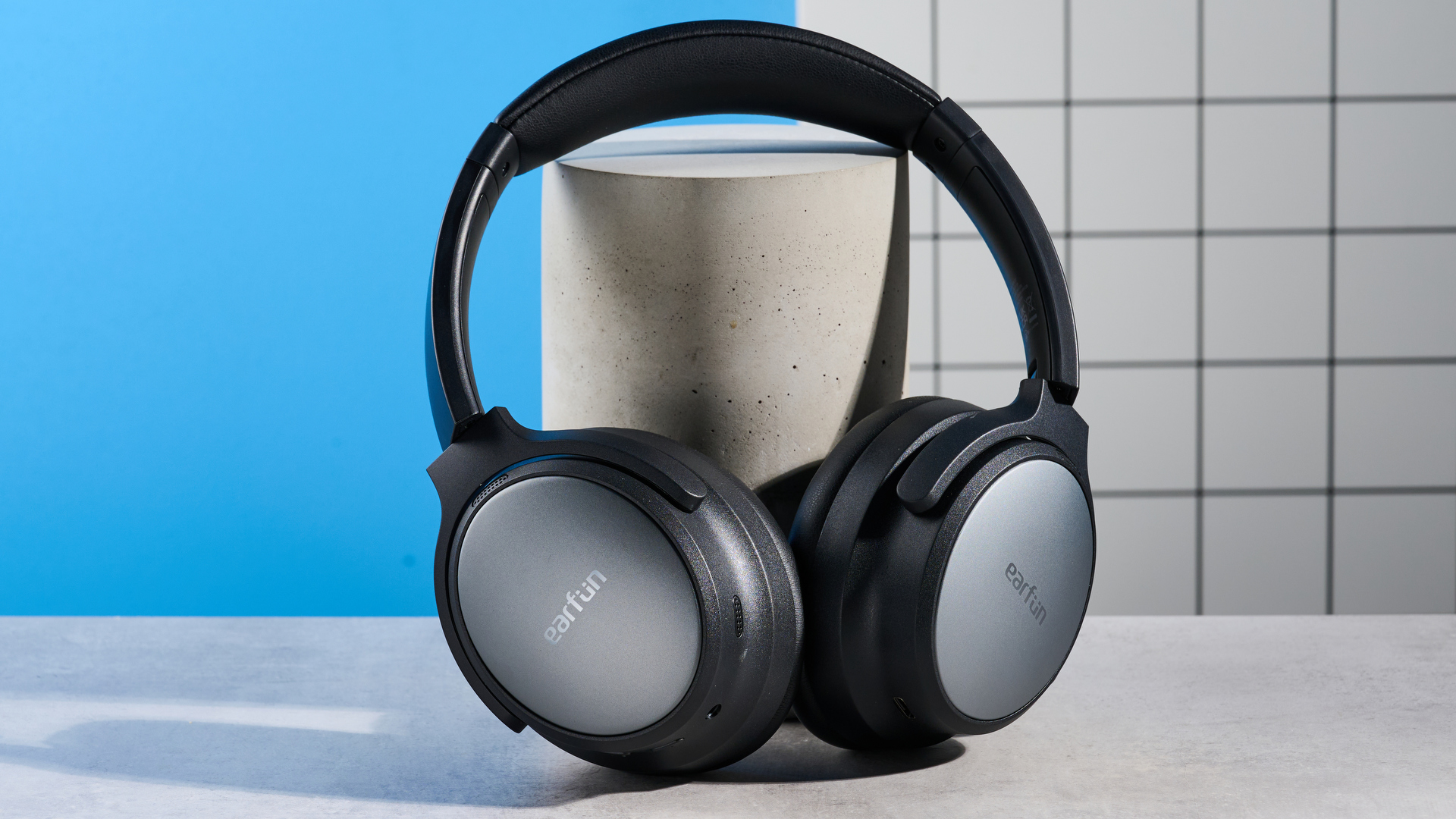
Just to contrast how cheap these cans are, our current best headphones are the $399 Sony WH-1000XM5. At just $69, the Tune Pros are a monumentally affordable price. Obviously, though, at this price there are some sacrifices. Some sound-quality related sacrifices, to be precise. But I’ll get into all that later.
My favorite budget headphones are the JLab JBuds Lux ANC, which are just $79. Our best budget headphones are the $54 1More Sono Flow SE, and still sound amazing for the price. The existence of these headphones proves that it’s possible to make cheap headphones that sound good, so I’ll just point you in those directions.
Get instant access to breaking news, the hottest reviews, great deals and helpful tips.
EarFun Tune Pro review: Design & controls
- Super comfy
- ANC, volume, power button
- Soft cups and padded headband
As with the EarFun Wave Pro and EarFun Wave Life headphones, the Tune Pro headphones are very comfortable. I wore these for hours without my head aching or without them feeling heavy on my ears. The cups are really soft and pliable and settled on my skin gently.
The headband itself is padded, which just adds to the comfort. If you’re looking for a pair of headphones you could wear for hours and hours, the Tune Pros will do the trick.
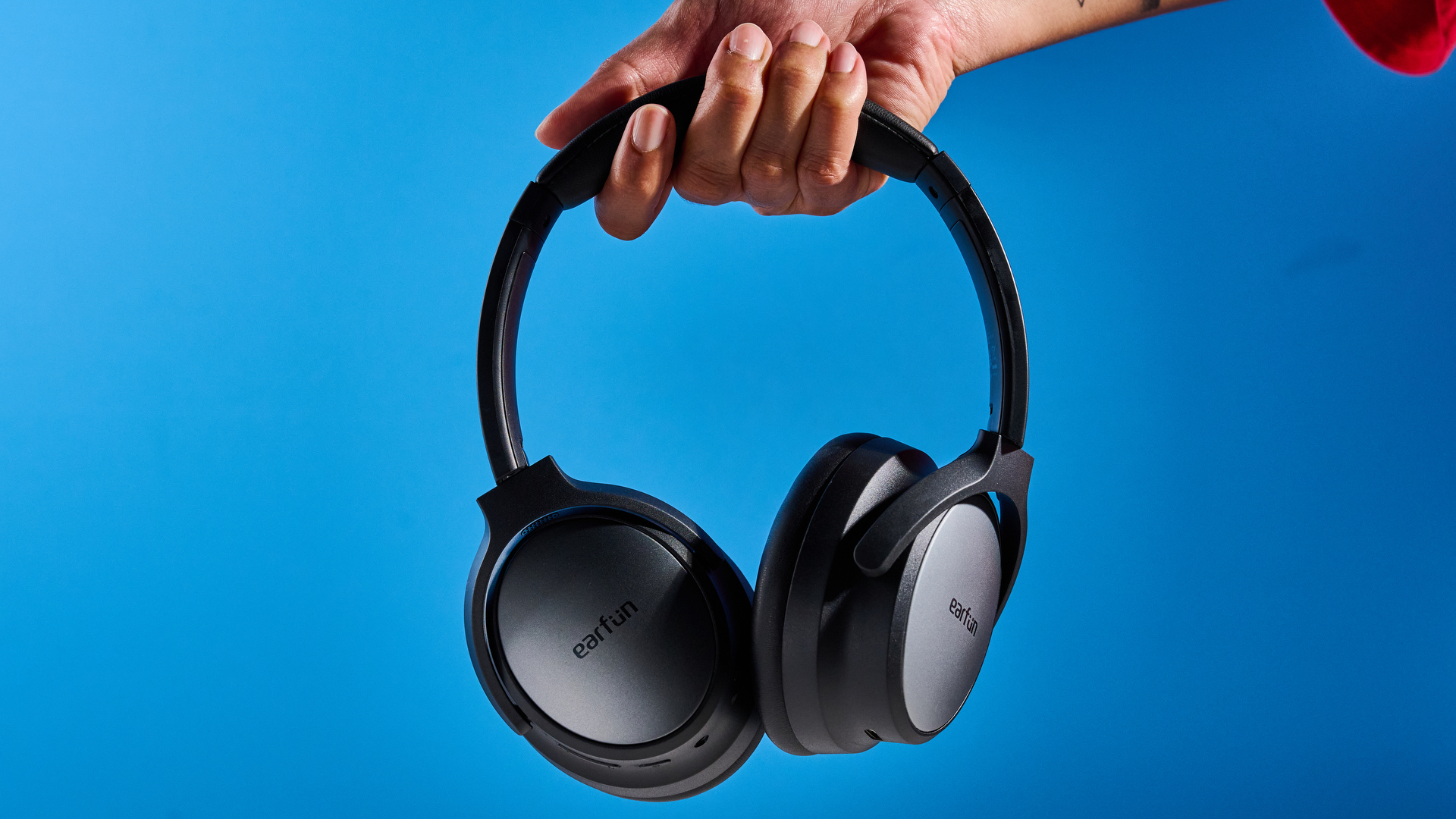
The controls are very easy to use, too. There’s a dedicated ANC button on the left cup and volume and power buttons on the right cup. This is a really nice feature — now I’m not accidentally switching off the cans when I’m just trying to adjust ANC settings.
You can adjust these settings manually in the EarFun app. Long pressing the volume buttons will skip tracks forward and backwards, and the ANC button will activate dual device connection.
I do wish there was one more button for play/pause, as it’s strange that this has been omitted. Still, you can adjust this manually with the app, so it’s no major concern, but you would have to swap out a pre-existing control to add it.
EarFun Tune Pro headphones review: Features & connectivity
- No wear detection
- Wired or wireless playback
- ANC even on wired playback
There’s no wear detection on the EarFun Tune Pros. This is fine, as it’s more common to find headphones sans-wear detection than with wear detection, especially at this price point.
As with other EarFun gear, there are ‘Game’ and ‘Theater’ modes. These modes reduce latency and expand the soundscape respectively. These modes both take a second to activate in the app.
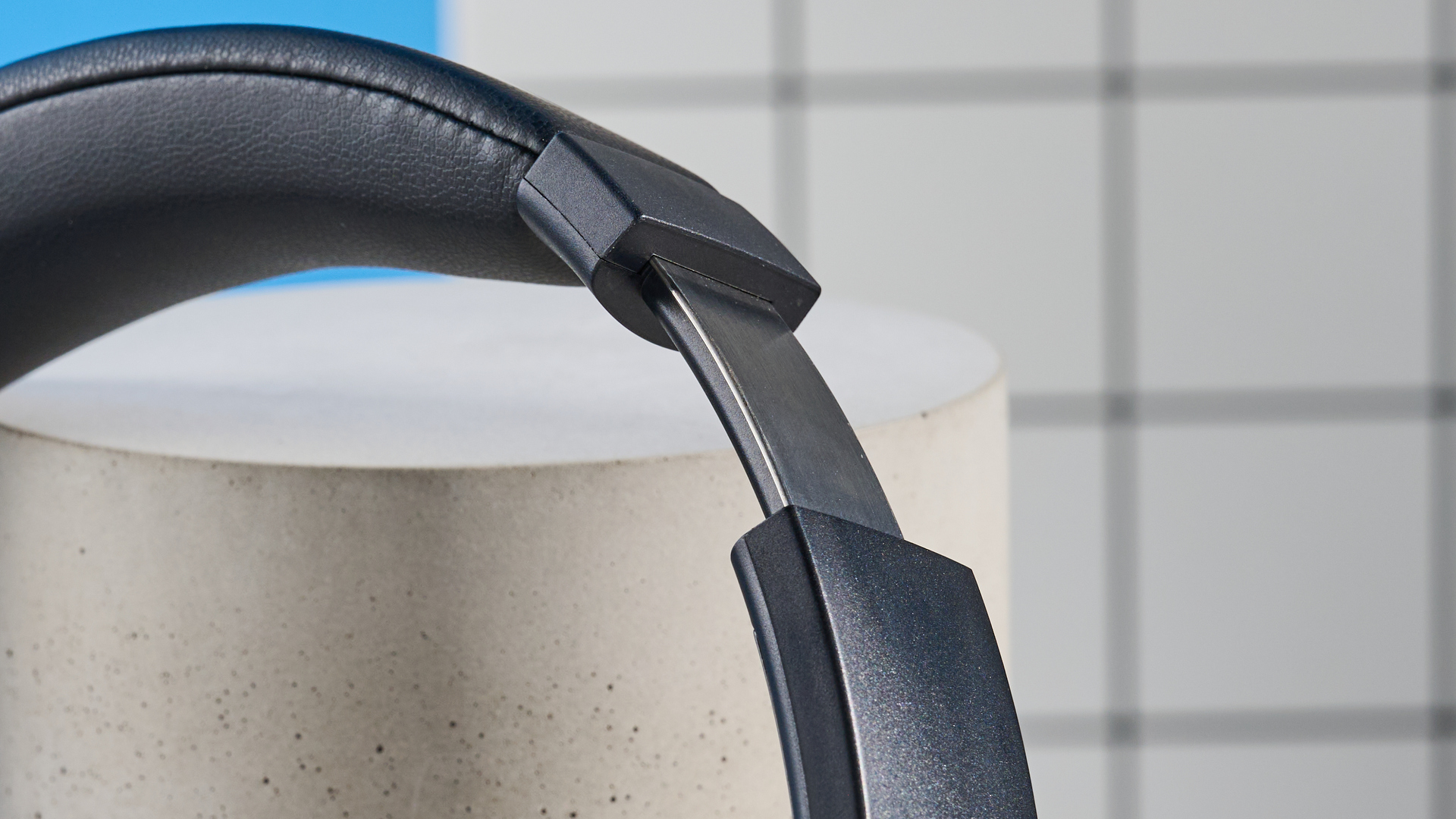
Frankly, I didn’t notice any change with ‘Game’ mode whatsoever. However, ‘Theater’ mode did change the playback style massively. I definitely felt more immersed in the music thanks to the wider soundscape, but unfortunately, it just exacerbated the tinniness issues I’ll get into fully in the ‘Sound quality’ section below. I don’t think there’s much point in having an immersive mode when the music doesn’t sound great to begin with.
Activating dual device connection is super easy: just hold down the ANC button until the headphones announce ‘pairing’. Then, go to your second device and find the Tune Pro in the Bluetooth settings. I actually really appreciate how easy and straightforward this feature is, as I find a lot of budget gear struggles with easy connectivity.
EarFun Tune Pro headphones review: ANC
- ANC with wired playback, not just Bluetooth
- EarFun claims can lower up to 45dB
- Pretty deft ANC
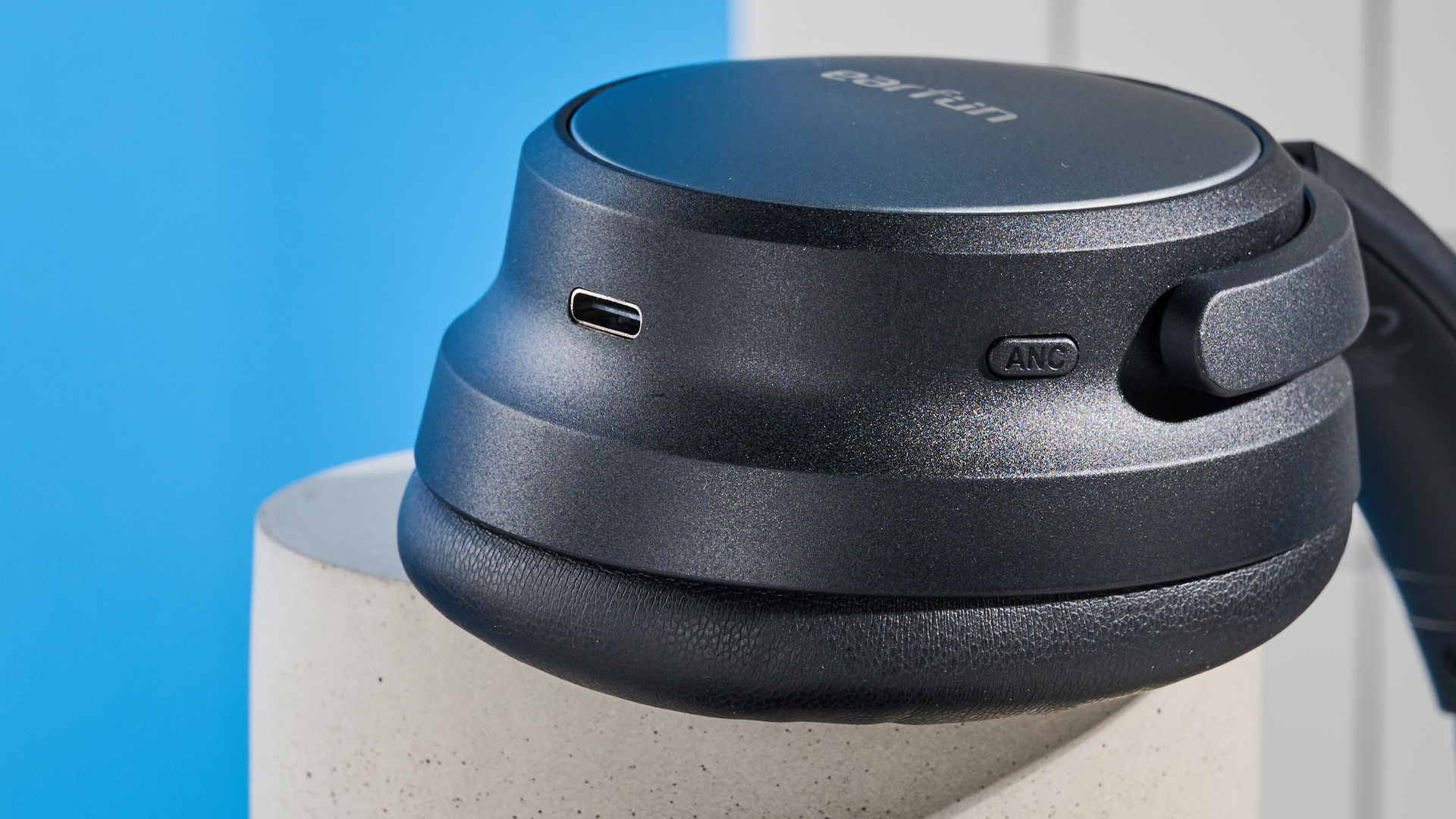
I think the EarFun Tune Pro headphones actually have pretty awesome ANC. I didn’t have high hopes, given the lackluster sound quality, but I was really pleasantly surprised. You can choose from ‘Ambient’, ‘Noise canceling’, and ‘Normal’, which is just ANC off.
The headphones don’t have the ANC of, say, the Bose QuietComfort headphones ($349), and I could still hear my colleagues typing away in the office over particularly quiet tracks. But it’s really good for the price.
When I wore these headphones around the city, I could hear bus engines and motorbikes, but I don’t think that’s too surprising. Even when I wear my AirPods Pro 2 I can hear buses and motorcycles, but they’re much pricier, so I’m not too upset about the Tune Pro’s performance here.
EarFun Tune Pro headphones review: Audio quality
- Decent wired playback
- Tinny, muddy Bluetooth playback
- But… they’re so affordable
Obviously a pair of $69 headphones are never going to sound as good as a mid-range set of cans. Even the 1More Sono Flow SE (our top budget headphones) don’t sound as adept as, say, the Sony WHX1000M5 (our favorite headphones overall).
Even so, the most important feature of headphones is, inherently, sound quality. No matter how comfortable or cheap headphones are, there’s no overlooking the sound quality.
I’m not going to sugar coat it: the Tune Pro headphones don’t sound good. Cost is likely the reason for the substandard sound quality, yes, but understanding why they sound lackluster doesn’t mean I can recommend them.
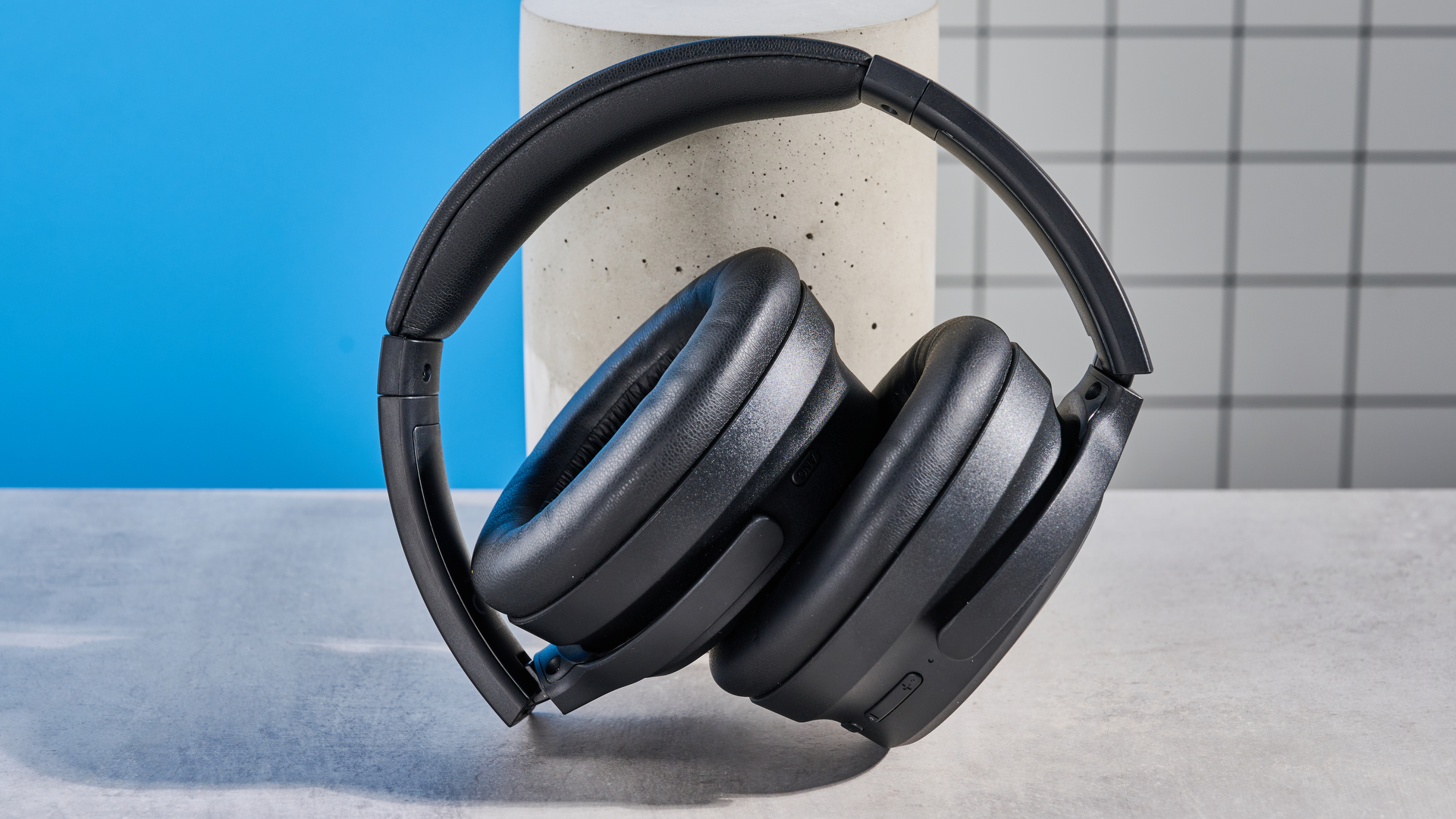
And while I’ve listened to worse (the EarFun Wave Lifes, which I gave a 1.5* rating, take that crown), the Tune Pro headphones aren’t getting off the hook. I’ll go through my testing experience in detail.
As these are predominantly Bluetooth headphones, I tested them out with wireless playback on our best streaming service for audiophiles, Qobuz.
First, I listened to ‘Illegal’ by PinkPantheress, an electronic track with sunsoaked synths and garage basslines. The synths had none of the depth you’d expect, and actually sounded cluttered and static. It was like listening through a tin can.
Next, I put on the R&B track ‘Just A Stranger’ by Kali Uchis, which is built over a warbled piano and groovy bass. Kali’s vocals, usually smooth and powerful, crackled over the stretched percussion in the verse. The problem with this track was definitely the bassy percussion, so I decided to adjust the EQ and try again.
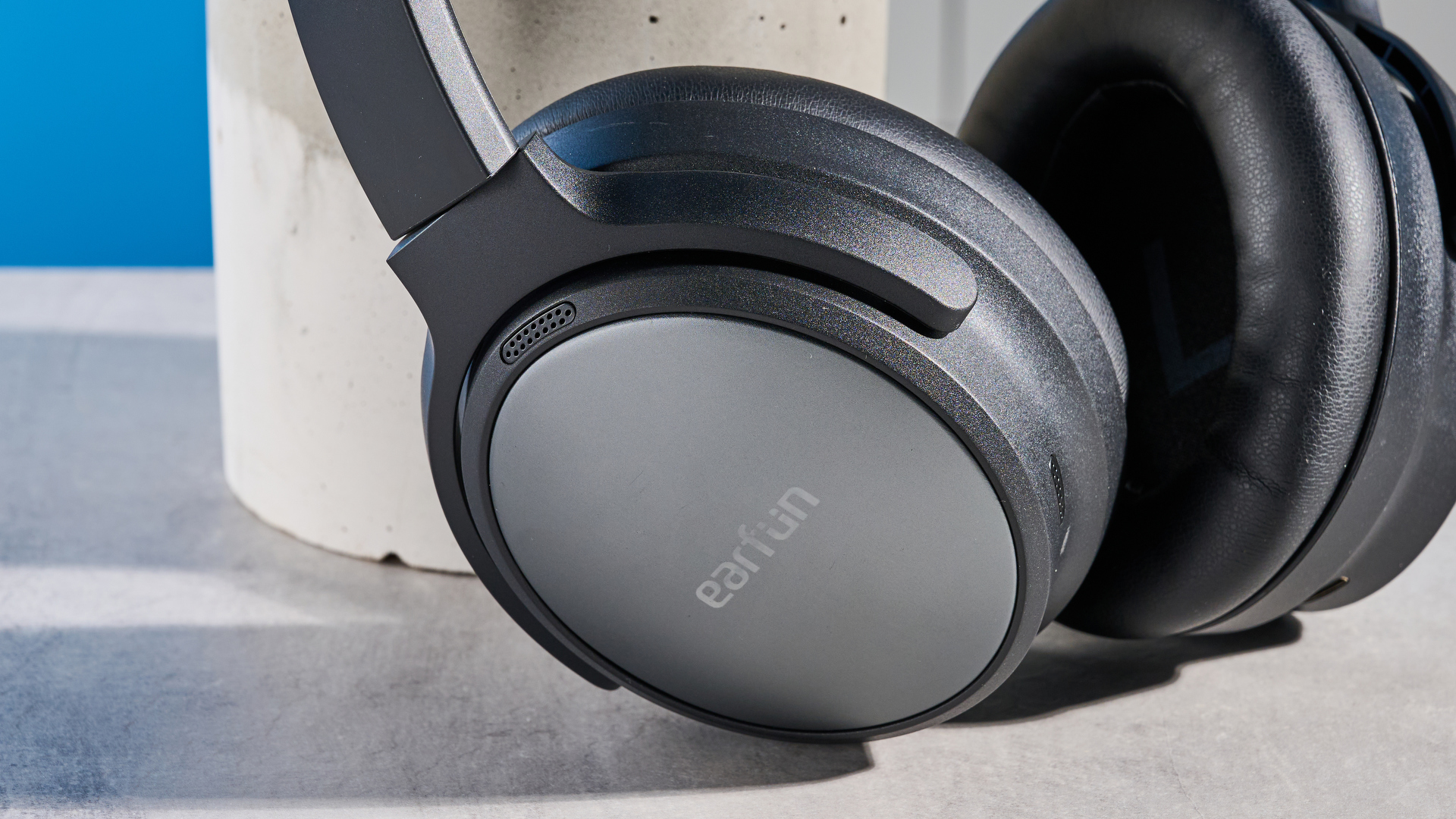
In the EarFun app, I adjusted the EQ to up the bass and lower the treble, in the hopes that would solve some of the tinniness issues in the playback. Alas, it did not. I still made a face when the percussion section came in and filled the song with unfortunate noise.
Still, I wanted to find a genre that sounded good. I switched to a more sparse soundscape for the next test. Listening to ‘The artist is absent (89 seconds rewrite)’ by Jenny Hval was more enjoyable than the Kali Uchis track, but the bass and percussion was still crackly and tinny. Even so, the vocals sounded good throughout (when it wasn’t being overpowered by the tinny mids).
The only song that sounded good was ‘R.L.’ by Sault. Again, it’s quite a minimalistic soul track, with a groovy bassline and a soft brass section, overlaid by a silky vocal. The vocal performance here was really great, but it was marred a little by the tinny percussion, as I unfortunately expected by this point.
However, not all is lost. The wired playback seemed to solve some of the issues with Bluetooth. Don’t get me wrong, still not great, but good enough.
On Qobuz, I listened to ‘Both of Us’ by Jayda G, a classic house track with piano-led melodies. The mids sounded decent, with clear vocals and infectious piano hooks, but, again, the bass was very lackluster and tinny.
Afterwards, I checked out ‘It Makes You Forget (Itgehane)’ by Peggy Gou. As with the Jayda G track, the breathy female vocal sounded strong and melodic, but there was a definite weakness to the bass and lower mids. Although some of the synth bass notes were powerful, these were overshadowed by the cluttered, muddy percussion performance.
‘Mahal’ by Glass Beams is a layered, richly immersive psych track with tinkling crystal percussive notes. I actually really enjoyed listening to this track through the Tune Pro headphones; likely that’s due to the song’s layered production and/or these headphones being better for guitar notes rather than synth or keyboard tracks.

To test this theory, I listened to some more guitar-heavy tracks. I listened to ‘Jungle’ by Tash Sultana, which is built over looping guitar sections. Just as with ‘Mahal’, ‘Jungle’ sounded good — until the percussion came in. There’s definitely something about the clarity of percussion that the Tune Pros just can’t handle. It’s likely that the 10mm dual diaphragm drivers aren’t high enough quality to play percussion without sounding tinny, crackly, and unpleasant.
In general, the Tune Pro headphones sound acceptable over a cable. They don’t sound good. They don’t sound awful. They’re somewhere in between. Considering these headphones are just $69, they could be good in a pinch, or if you’re in desperate need of a pair of headphones now, and you’re looking to save up for a better pair eventually.
I would instead recommend the JLab JBuds Lux ANC ($79) headphones, which remain the only pair of sub-$100 headphones I’ve personally tested that sound really excellent.
EarFun Tune Pro headphones review: Call quality
- Fine call quality
- A little buzzy but still audible
- Comparable to other EarFun gear
To test the Tune Pro’s call quality, I called my boyfriend. He’s listened to the call quality on every single pair of headphones I’ve tested thus far, so he has a pretty good ear by now.
EarFun claims that the Tune Pro headphones have “AI-assisted 5 mics” for crystal-clear call quality. In testing, I found that the call quality was merely standard for a pair of budget headphones. I was still audible, but my voice crackled and buzzed.
The headphones don’t completely minimize ambient noise (traffic, people talking, etc), but my voice was still loud enough to be heard over this noise.
EarFun Tune Pro headphones review: App
- EarFun app simple and easy to use
- EQ customization
- Game and theater mode
I’m a well-seasoned user of the EarFun Audio app by now. As far as budget companion software goes, it’s actually really good.
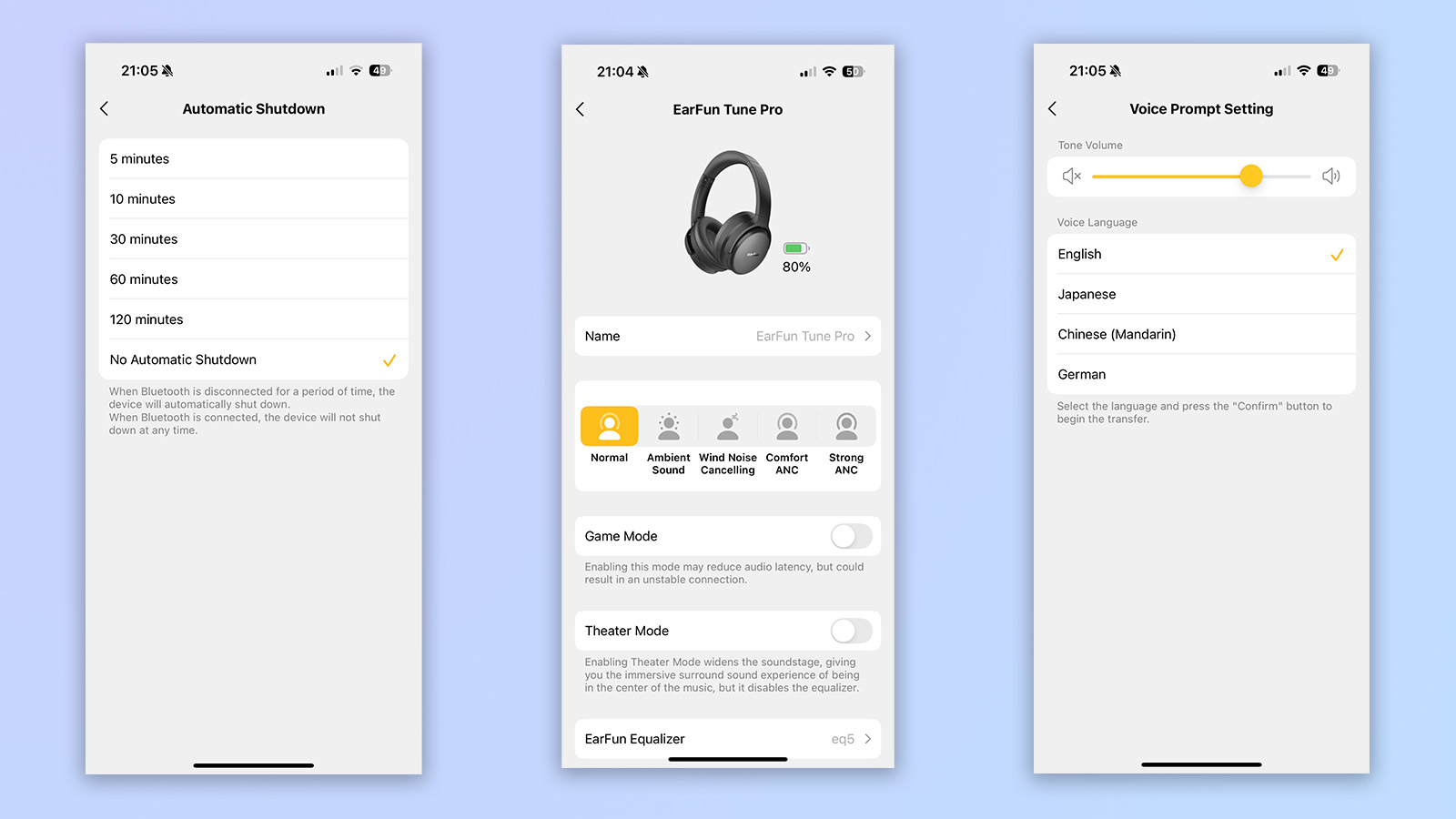
As you can tell from the screenshot above, the EarFun app is very easy to navigate, with clearly outlined sections. It’s not laggy or confusing to use, and there’s a nice range of features available in the app.
You’re probably wondering what the various noise cancelation settings do in the screenshot above. I honestly noticed no difference whatsoever between ‘Comfort’ NC and ‘Strong’ NC. I’m not sure that there even is a major difference, or, if there is, my ears couldn’t perceive it.
EarFun Tune Pro headphones review: Battery
- 120 hours without ANC
- 80 hours with ANC
- I listened for 12 hours and it went down just 10%
120 hours is a really impressive claim. If this is accurate, it’s one of the best battery lives I’ve ever seen on a pair of bluetooth headphones. Our current best offering is the Marshall Monitor III ($349) at a comparatively pathetic (although still decent) 70 hours. Obviously, I had to put these headphones to the test.
I started testing at 9am on Wednesday. By 9am the following Wednesday, I’d listened for about 60 hours (with ANC on and at about half volume). The headphones had gone down to just 80% in the EarFun app. I’m actually shook.
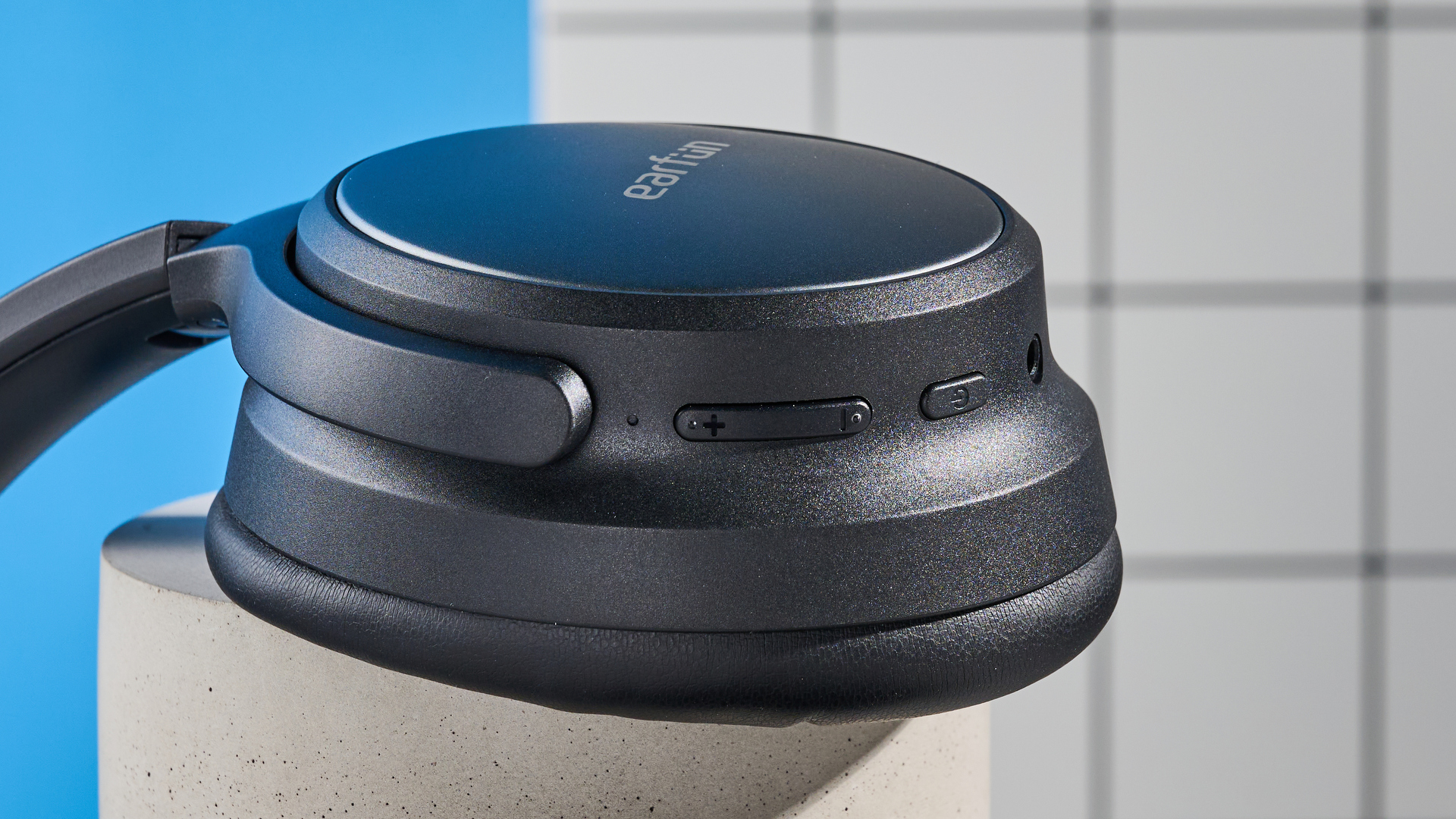
This battery life is absolutely phenomenal. Battery life is the only reason these headphones scored a 3-star rating (instead of a 2.5). If you need a pair of headphones that’ll last you for an entire long weekend trip away, then I recommend nothing but the EarFun Tune Pro. I actually can’t really believe how amazing this battery life is.
EarFun Tune Pro headphones review: Verdict
If you only care about battery, then there’s no other option. It has to be the EarFun Tune Pro. Although EarFun claims only 80 hours of battery life on ANC, I found this to be a very conservative estimate. After over 60 hours of listening, I still had 80% remaining.
However, everything else on these headphones is mid (at best). Yes, there’s a range of EQs and features like spatial audio in the EarFun app, but when the actual physical hardware of the headphones isn’t adept enough to play good bass, clear percussion, and generate solid spatial audio, there’s little point in these features existing.
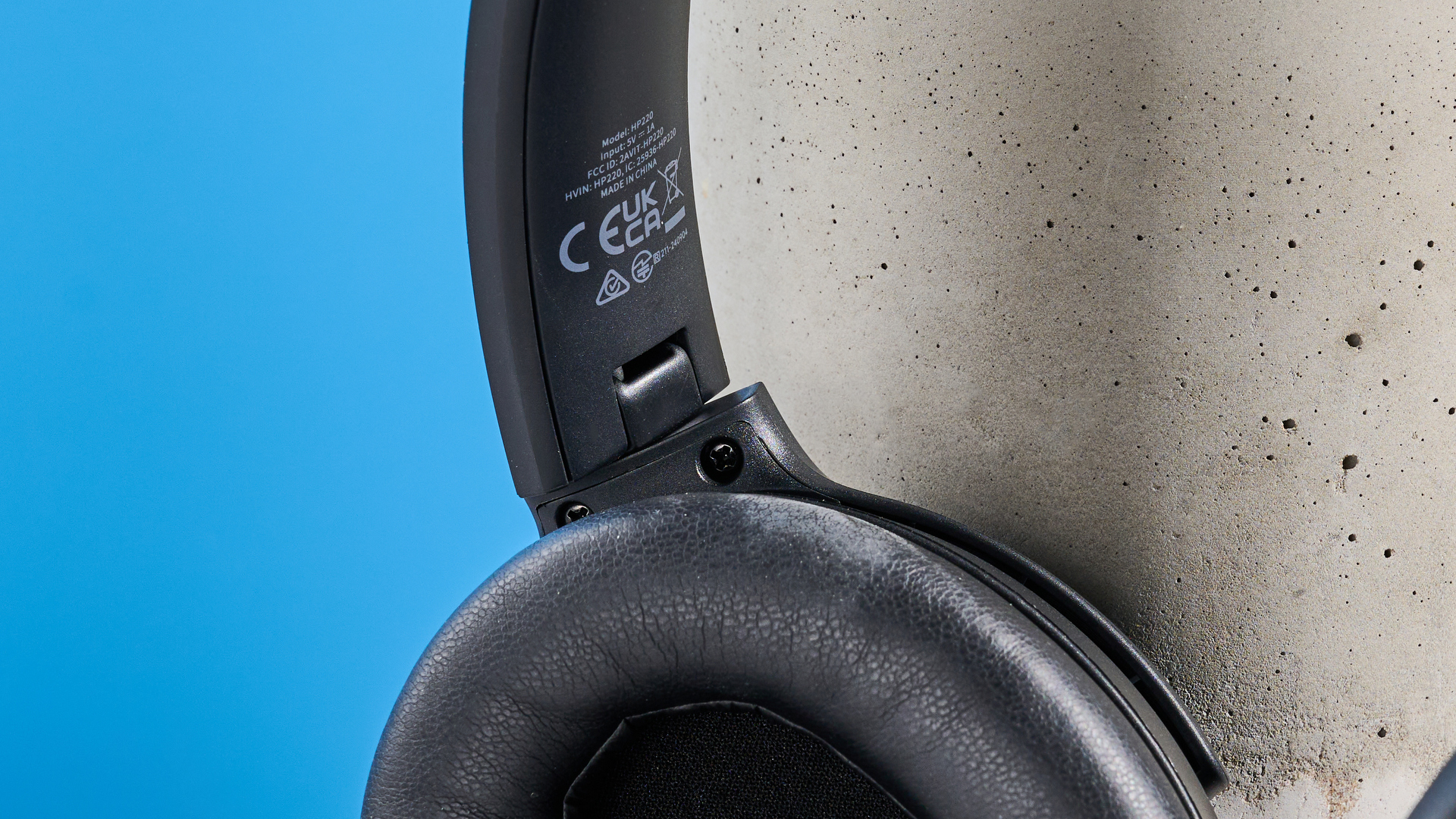
While I think the Tune Pro headphones are good for the price, I don’t think they are a good pair of headphones. I think you’d be much better off spending $10 extra and getting the amazing JLab JBuds Lux ANC — it’s what I’d do.

Erin Bashford is a senior writer at Tom's Guide, focusing on reviews. She has a Masters in Broadcast and Digital Journalism from the University of East Anglia. As an ex-barista, she knows her way around a coffee machine, and as a music lover, she's constantly chipping away at her dream of having a multi-room home sound system. In her spare time you can find her reading, practising yoga, writing, or stressing over today’s NYT Games.
You must confirm your public display name before commenting
Please logout and then login again, you will then be prompted to enter your display name.
